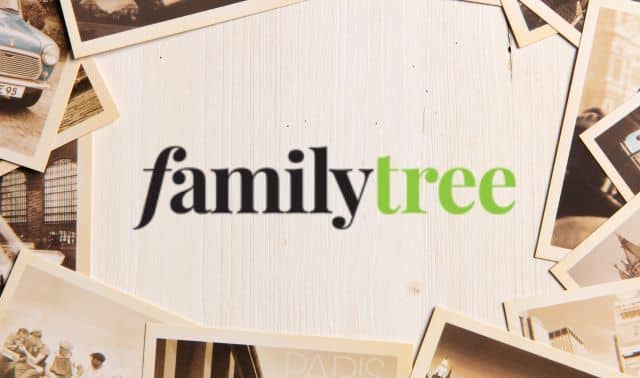Sign up for the Family Tree Newsletter Plus, you’ll receive our 10 Essential Genealogy Research Forms PDF as a special thank you!
Get Your Free Genealogy Forms
"*" indicates required fields
An integral part of the FamilyTreeMagazine.com web site is the reader forum. Did you know there’s one called Photo Detective? Anyone can post, all you have to do is register. Last week, someone posted a question that deserves a whole blog column. K. Pherson wrote
I have a photo of an ancestor in its original old oval wall frame, which has a convex (outwardly-rounded) glass over it. It’s large (approximately 18 by 24 inches) and the photo itself is convex. I have a similar empty frame, and I’d like to copy another picture to put in this frame, but no photo lab in my area seems to know how to duplicate a photo so that it looks good on a rounded surface. The photo becomes distorted.
This is actually a two-part response. I want to talk first about scanning those convex images, then offer advice on how to create a print to place in one of those frames.
Copying a Convex Image
If you have a convex image (glass or tin) and have tried to scan it, you know how difficult it is. If you can find a photo business in your area that has a 3D scanner, getting a copy will be easy. These specialty 3D scanners cost in excess of $2,000. They’re cool devices—Jay Leno has one to photograph cars and they’ve been featured on the show “Mythbusters.” A company called NextEngine manufactures them; its Web site is full of fascinating examples and a demo video.
For the rest of us, duplicating a convex image is a challenge. My usual method is to take photograph. Scanning such an image in sections and “stitching” them together using photo editing software might work, but I haven’t tried it. If any reader has a successful way to duplicate a convex image, please comment on this article.
Removing a Picture from a Conves Frame
Be extremely cautious if you want to remove an image from one of these convex frames. These images are often stuck to the glass and trying to remove them will destroy the picture. If you’re in doubt, consult a professional photo conservator.
Creating a Convex Effect
To create that curved effect for a flat image so it looks nice in his empty frame, K. Pherson doesn’t need a photo lab. It’s possible to do it using Adobe PhotoShop. I found a couple of online tutorials to help: The first is a step-by-step video by Luv2Help.com. ShapeShed also has written and video instructions.
If you’d like to create that effect but you don’t own PhotoShop, try contacting a digital photo restorer in your area. I hope this helps!
ADVERTISEMENT




